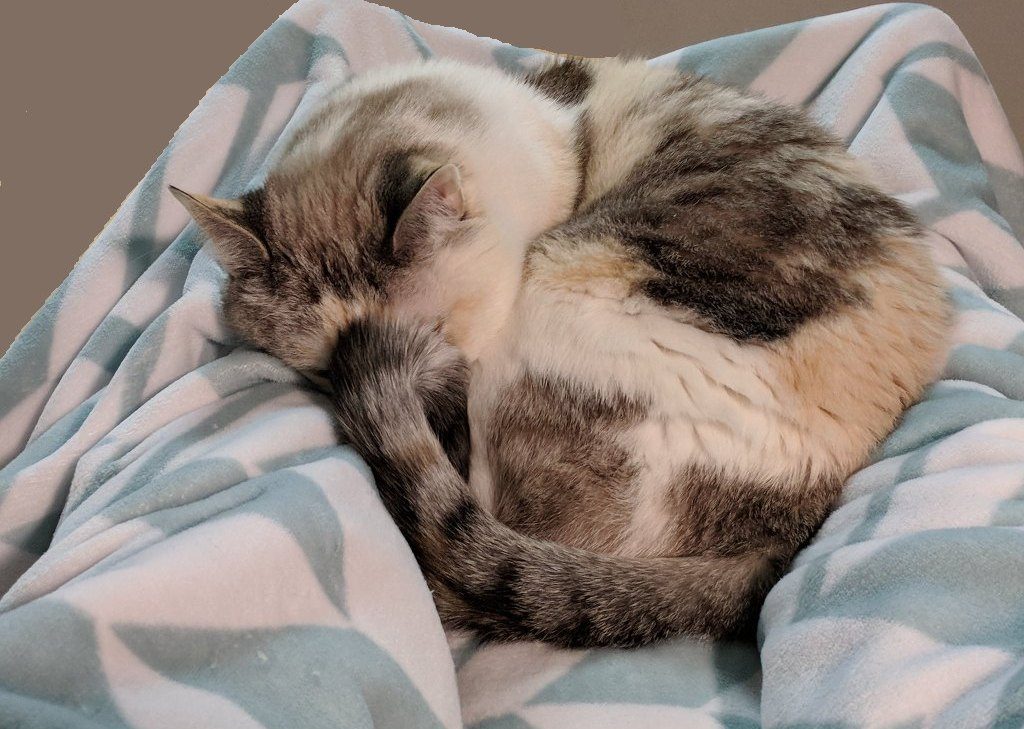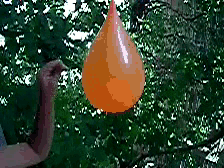
Today’s post was inspired by my cat Emmalina (Emmy) and a Twitter video.
My cat demonstrates the everyday meaning of “inertia” all the time. She has a tendency to rest and do nothing.
In fact the real meaning of inertia is the resistance of any physical object to any change in its motion, including a change in direction. It applies to both motion and rest.
Inertia in motion explains how our bodies move when we ride in a car.
- When the car is going in a straight line at constant speed on a smooth road it feels like we aren’t moving. (No change in motion; no resistance to change)
- Going around a curve, our bodies lean toward the outside of the curve. (Inertia resists change in direction)
- When the car stops our bodies keep on moving ahead. (Inertia resists change in speed)
This Twitter video shows an object at rest — a dinosaur toy — staying at rest in mid air after the trampoline surface goes down. Then gravity takes over. Pretty cool.
Brilliant demonstration of Newton’s principle of inertia. pic.twitter.com/5xQKSYIYOV
— Lionel Page (@page_eco) August 24, 2019
Or this: The water in the balloon remains in its original shape for a moment after the balloon bursts.

In everyday conversation “inertia” should probably mean resistance to change. My cat is good at that, too.
(photo of Emmalina by Kate St. John, dinosaur video from Twitter, balloon animation from Wikimedia Commons. Click on the links to see the originals)
I’m still getting hummingbirds. Is anyone else. Thought they would have left by now.
That explains those old Road Runner/Wiley Coyote cartoons, where they ran off the cliff and just hung there until they realized…